What Victoria is to a jam sponge, so is Sacher to chocolate cake. It’s a man, a hotel and a cake and indeed, shorthand for a city. The lines outside the Sacher Hotel café in Vienna for chocolate cake with whipped cream on the side are looking for a Viennese experience, like schnitzel, Strauss waltzes or pictures by Klimt. Sacher cake is something you find everywhere, but this one is grounded in a particular place, the Café Sacher. The 360,000 Sacher tortes of varying sizes that are made yearly in its manufactory and dispatched in classy wooden boxes are the exemplars of a formula that has taken over the world.
The cake predates the hotel. The story goes that in 1832 Prince Metternich was giving a grand dinner, but his chef, Chambellier, fell ill on the day. Tragic, obviously, but fortunately his underling, one Franz Sacher, aged sixteen, stepped in, and created a chocolate cake for the guests. So the Sacher cake was born.
There are spoilsports who suggest that the Metternich connection to the cake was invented by Franz’s son, Eduard, but in any event, the cake took off at court and in the city. The recipe is a hotel secret, though rather decently the website for the Original Sacher Cake gives its own recipe for the home baker; one notes that the butter is beaten with powdered sugar (which changes the crumb). The egg yolks are separated from whites and the whites beaten with granulated sugar, and the chocolate icing is made with sugar syrup which gives a gloss but also makes it quite sweet. But the crucial thing is that there’s a layer of apricot jam between the layers and under the icing. (The tricky bit is spreading the glaze.) It’s said that the chocolate used comes from three separate sources. The upshot is a simple, dense chocolate cake, but the tart apricot cuts through the sweetness nicely.
This being Vienna, there was a court case fought over the recipe. Eduard Sacher, son of Franz, worked for the court confectioners, Demel, where he tinkered with the recipe, but in 1876 he founded his own hotel, which took off under his redoubtable, cigar-smoking wife, Anna. He naturally made the cake the house special. Demel offered what it billed as Eduard’s Sacher Torte and there was a court case which the Sacher hotel won in 1938. After the war, hostilities resumed, and the courts decided in 1968 that the Sacher Hotel’s version is the Original Sacher Torte. That has a round chocolate seal, Demel’s a chocolate triangle.
The Sacher hotel, still a family affair, but a different family, puts the cake center stage. The toiletries are called Time to Chocolate; you get a square of cake when you arrive. It’s a luxurious traditional hotel, right by the Opera, where Graham Greene stayed when he was doing The Third Man (it had been reserved for officers), and the lobby is crammed with pictures of crowned heads and celeb guests, but it’s not every hotel where you get chocolate cake for breakfast. Yep, in the Marble Hall, you can follow your buffet truffled ham with Sacher cake ad lib, with whipped cream on the side. Too much, you think? Nope. Perfect.
This article was originally published in The Spectator’s January 2024 World edition.



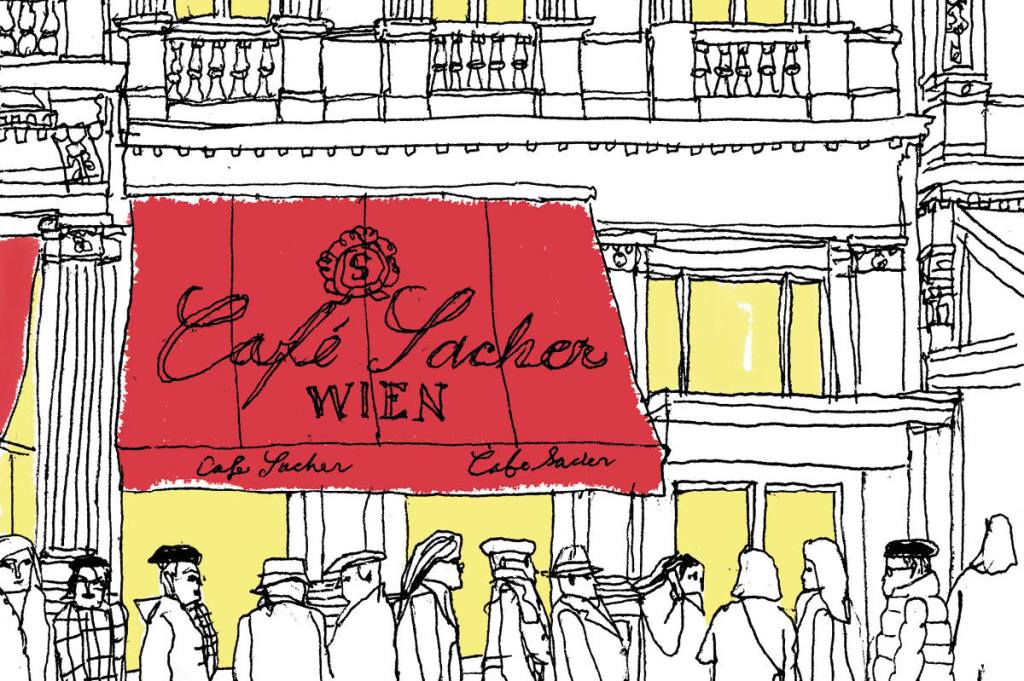








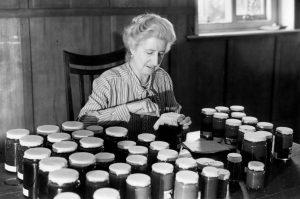


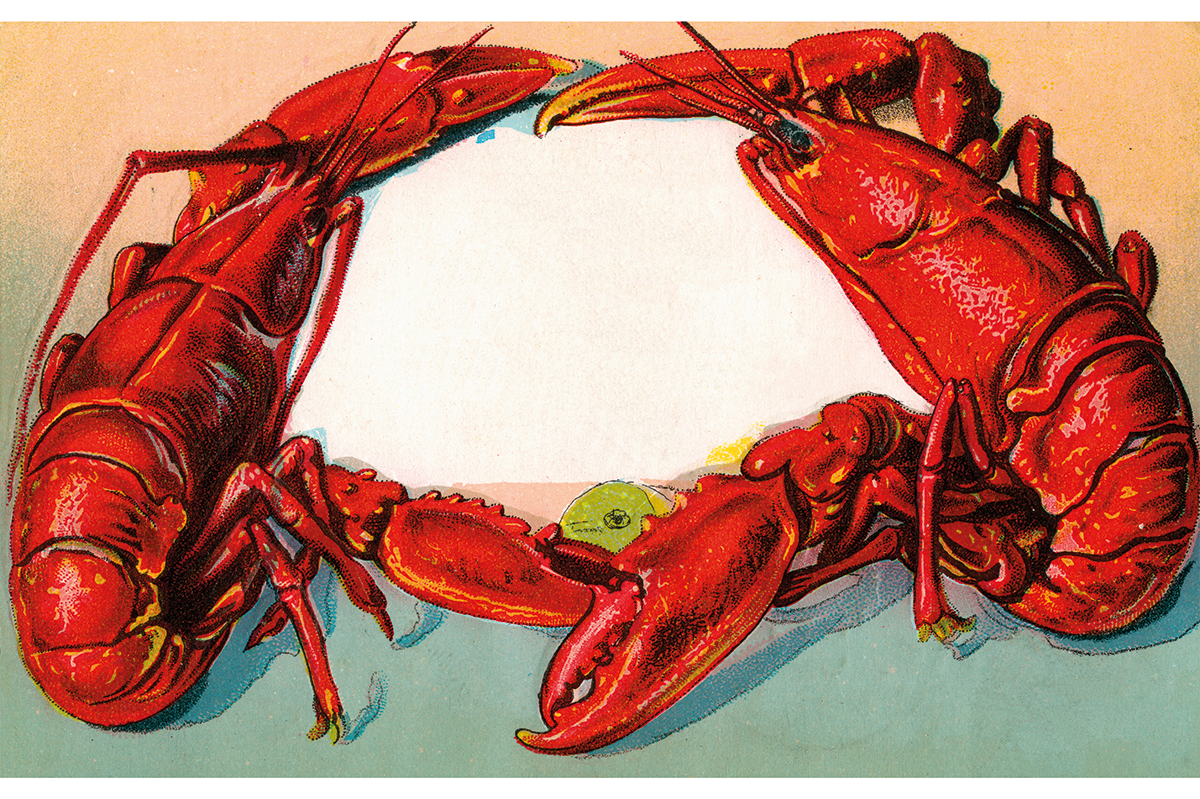
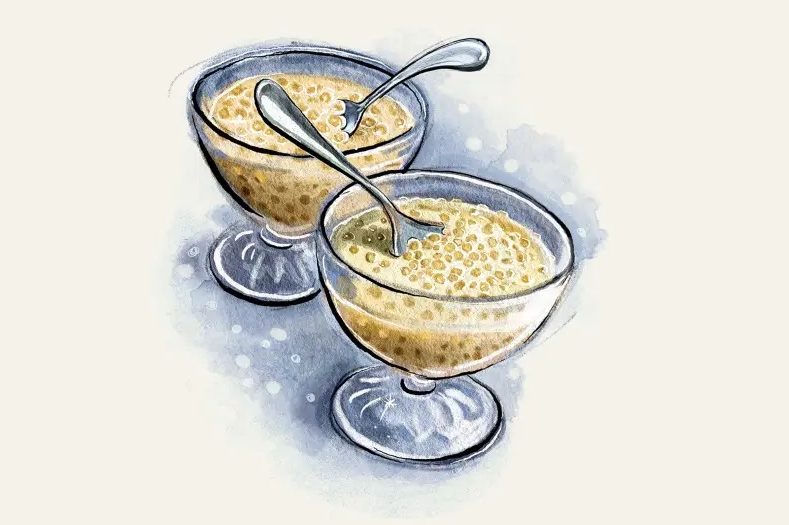
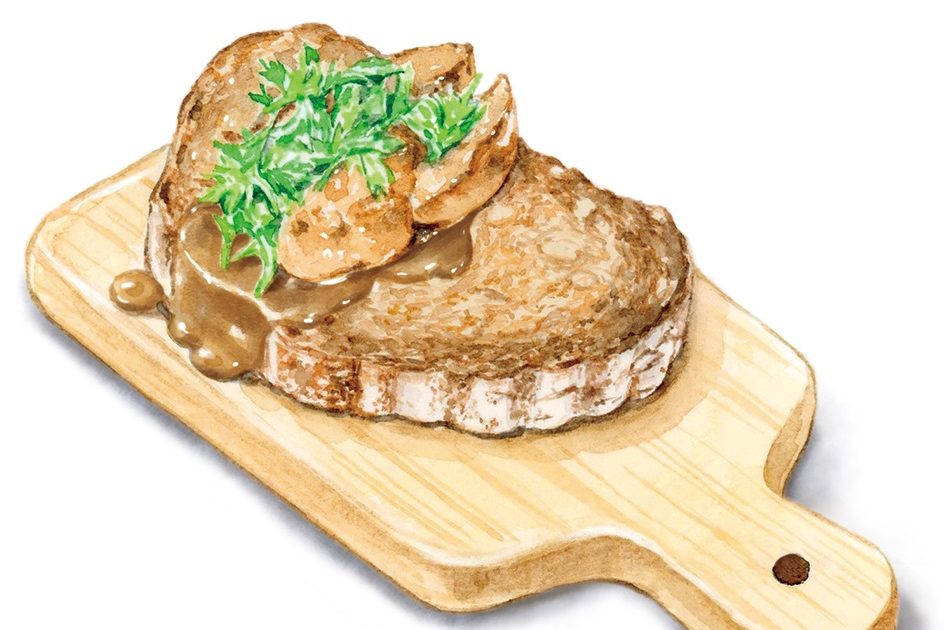








Leave a Reply